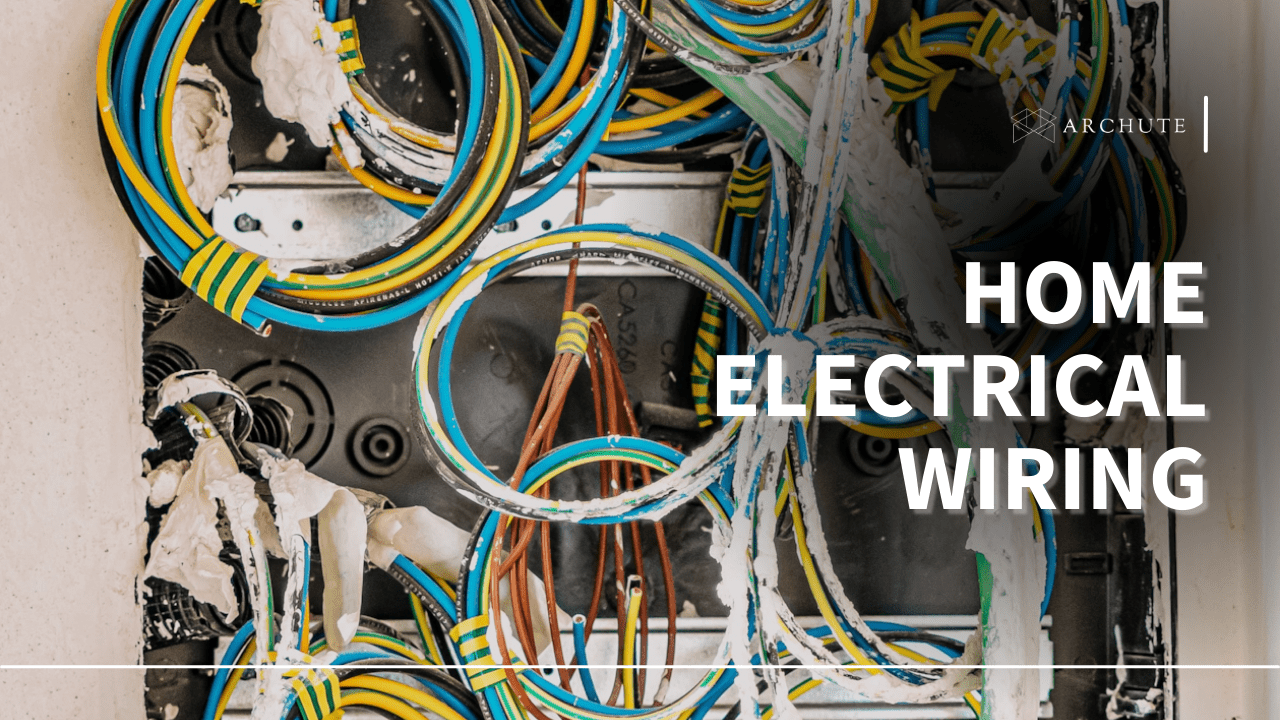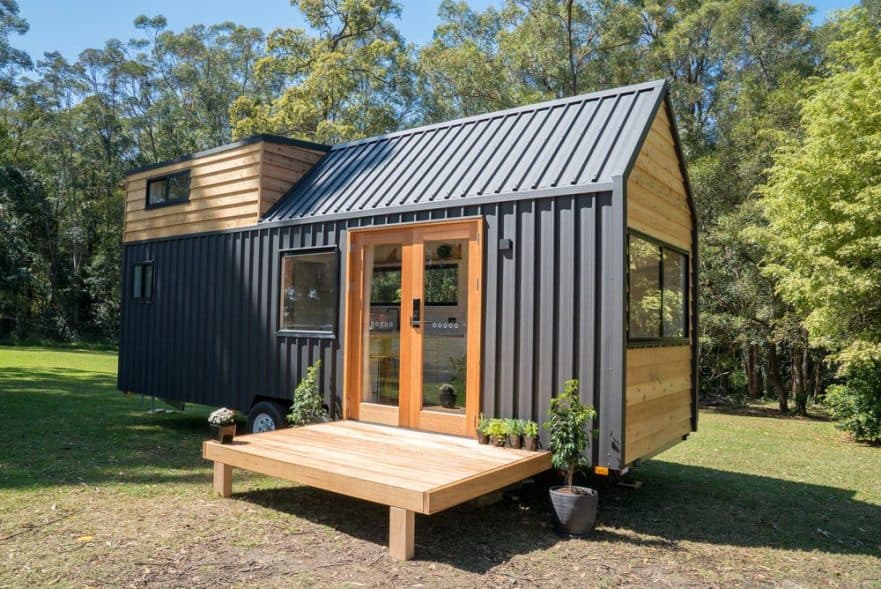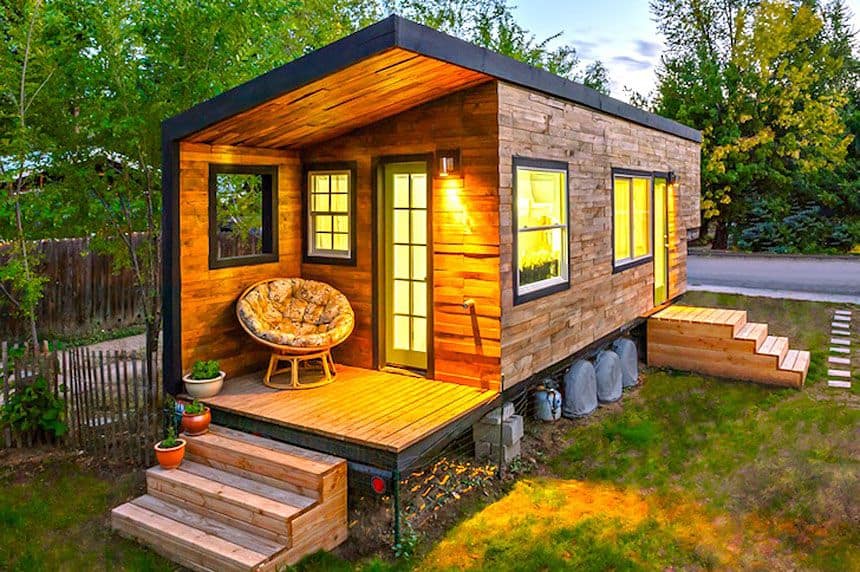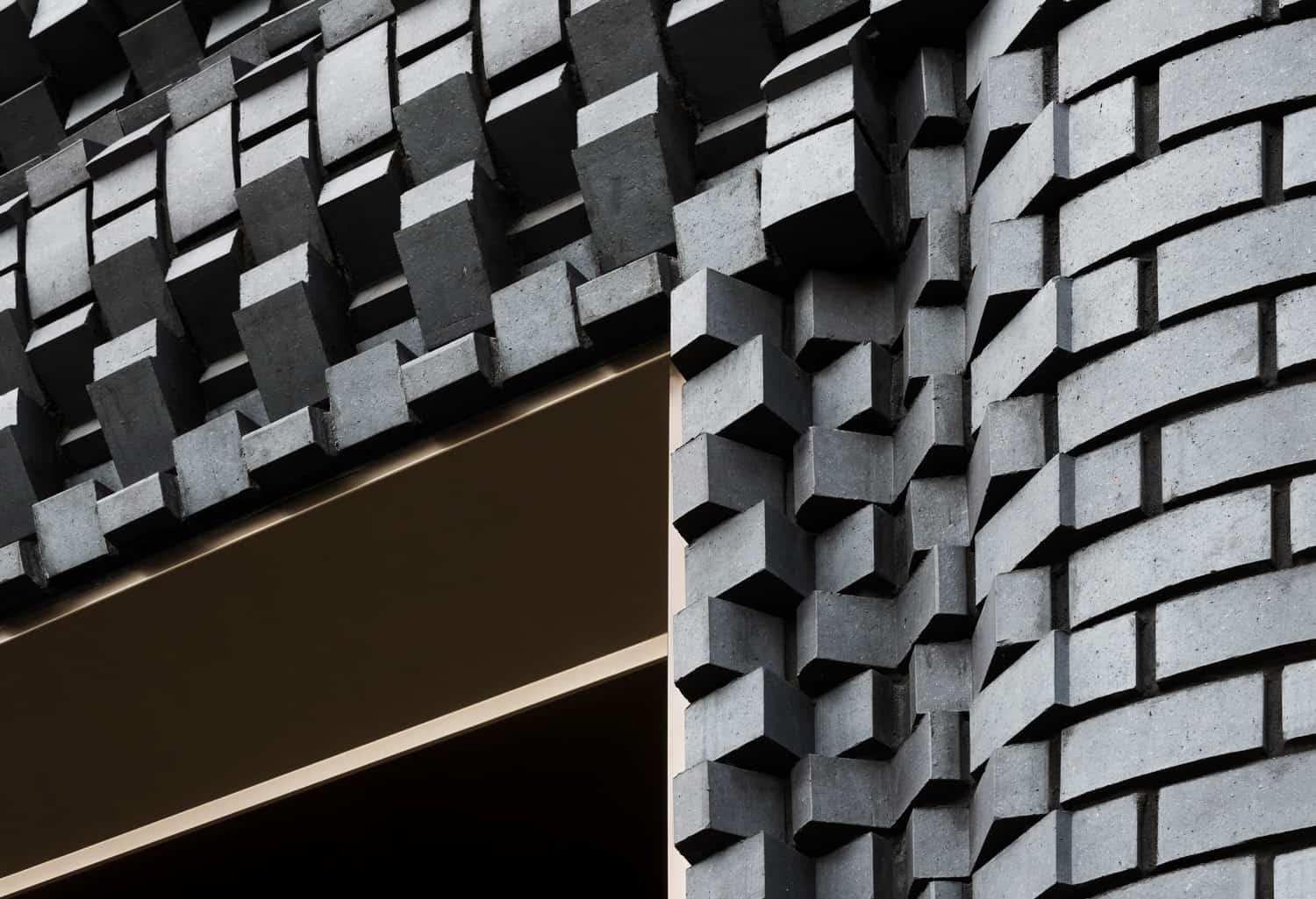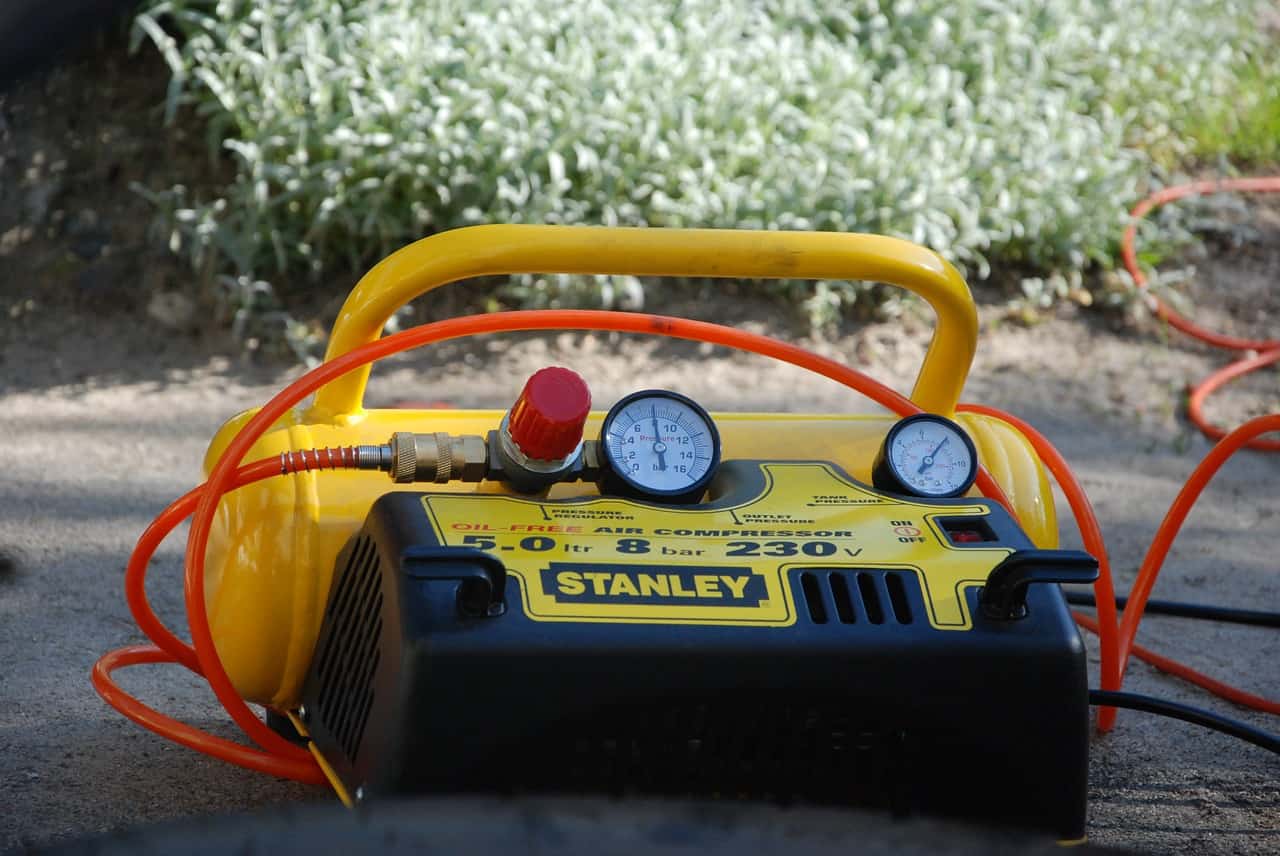People use electricity in their everyday lives, but comprehending how it works may not be easy. An issue with your electrical supply is not always easy to diagnose and fix, and help might not always be around the corner. It is always useful to have some knowledge about electricity and the terms used in electrical work, especially in such moments.
If you’re updating your switches or replacing your home transformers, it’s good to have the right information to assist you in completing the job safely. Here is what you should know about home electrical wiring.
What’s Involved in Home Electrical Wiring?
i. Wiring Types

Image Source: coynecollege.edu
The first reality that may make you uncomfortable is opening your electrical panel only to find a bunch of loose wires of different colors. You can even expect to see two or more wires in the light switches. The first thing you must identify is which wire is which in order to comprehend your electrical issue.
1) Black Wires
- Due to their electrical conductivity, they are known as "hot wires." There is no switch to turn them off, so they always remain on. A black wire carries high voltage and little current.
2) Yellow Wires
- Heavy appliances such as stoves and ovens use blue and yellow wires. A minimum amount of electricity is required to power these appliances, which is more than the electricity needed to power lights.
- Sometimes the yellow wire can be used instead of green wire and sometimes as the live wire depending on the building or national code.
3) Green Wires
- The grounding terminal on the outlet box is connected to these wires to ensure electricity does not pass through you during an electrical malfunction by providing an alternate path. The new destination is typically the concrete outside your home.
4) White Wires
- This is the neutral wire, and electricity is sent back to the breaker panel through these wires.
- TAKE NOTE: A white wire wrapped in red or black electrical tape is a hot wire.
5) Red Wires
- Just like the black wires, the red ones are hot wires.
6) Bare Copper
- A grounding wire is usually made from bare copper.
ii. Connections and Meters

Image Source: camtec.com.au
Residential panel electrical wiring begins with the connection point. Meters measure the monthly electricity consumption of your household and communicate this information to the power company. Electricity is distributed throughout the house by the electrical panel.
To control electricity in your home, there is a circuit breaker near the meter. Black wires run underground from your meter to your neighbor. This electrical wire also powers your home. Service entrance conductors are large copper bars connecting to your house's panel.
iii. Circuit Breaker Panel

Image Source: abutterflyhouse.com
Circuit breakers connect all of the electrical wires in your home. Every breaker on the main service panel controls a different electrical circuit; between 100 and 200 breakers are usually located there. Load and line service panels are the two main types. Wires connect to the panel on the load side, while power lines enter the house on the line side. Any electrical system work should be performed on the load side. Before you begin working on these panels, you should turn off the power from the panels to the meter.
iv. Electrical Boxes

Image Source: clooms.com
Most homes have plastic or metal electrical boxes. A house's electrical system typically has many breakers and fuses that trip if the voltage is too high, as well as the various rooms' wiring. A junction box should be in each room of the house. Color-coded wires run to these boxes. A 3-way switch will require two more white wires to come out of this junction box.
v. Switches

Image Source: blog.havells.com
Devices are powered on or off by switches. An outdoor breaker box is usually located near the entrance to the house, or an indoor breaker box can be found near the door. Switches are often controlled manually with screws. When mounted on a wall, most switches also include an electrical box. The wires of the power lines connect directly to the lugs on the switch in such cases. Outlets and switches both come in 15- and 20-amp versions. A small triangle next to the switch number indicates an amperage load.
vi. Outlets

Image Source: thespruce.com
Thus, in the center of an average home outlet are two horizontal and two vertical openings. The left slot is bigger than the other two, and it can, therefore, accept wide blade plugs. On the right side slot, there is a round hole for grounding; however, there is no cut-out in the middle. Some receptacles can take a load of 15 amps, while others can accommodate loads of up to 20 amps.
However, if you are not a home electrician, it is advisable that you gain basic knowledge before you commence the exercise. However, if you are afraid of risking your safety with simple electrical work, then it is always advisable to call an electrician.
vii. Local Building Codes

Image Source: lamudi.com.ph
To begin with, let’s discuss various buildings that have various wiring circuits. However, knowing about the national electrical code is even better, as that is the first thing you need to know.
If you live in an apartment, ask your building manager or your electrician whether there is an underground feeder cable or some kind of connection that you may not know about.
Frequently Asked Questions About Home Electrical Wiring

Image Source: architecturelab.net
a) What type of wiring is used at home?
The standard for residential and household wiring is the Romex, which is an electrical conductor with a non-metallic sheathing. The wiring is also known as NM cable, where NM stands for non-metallic. Romex is just a brand that is commonly used and has become synonymous with the NM cable.
When shopping for the NM cable, you will find the NMB cable, which is an NM cable rated at 90 degrees Celsius (194 degrees Fahrenheit).
b) Is house wiring AC or DC?
House wiring is AC. However, AC can be transmitted from one point to another without significant loss, which makes it preferable for use in households as compared to DC. AC can also be stepped up or down to a lower current using a transformer, so it is safer for appliances in the house. As a result, the outlets in the house always have AC.
Anything in the house that is operated uses AC, starting from the screen, even the dishwasher or the fridge.
Here is a tip: when migrating to another country with a gadget, make sure you know the voltage, as you may find that other countries have different standards regarding transformers that step down the alternating current. For instance, in the US, the mains are 120V, while in the UK, they are 240V. If you are planning on moving to the UK from the US, for example, you would need to convert the AC to a lower voltage so as not to ‘fry’ your 120V devices, so a step-down transformer is required. If you are wondering why your phone is always fine when moving from one country to another, it’s because the charger is actually a step-down transformer.
c) What are the three types of wires?
The three wires are hot, neutral, and ground wires. The wires are identified by different colors.
- Black- Hot wires
- Red- Hot wires
- Blue- Neutral wires
- Green- Earth wire
d) Are household wires stranded or solid?
Household wires can either be stranded or solid. You will get a bare copper wire, an aluminum wiring option, or a copper-sheathed aluminum wiring, with the sheathed options being stranded and bare wires being solid.
e) Why is the copper ground wire bare?
Having a bare copper ground wire makes it more effective compared to having wire insulation over it. A bare wire is mostly used on ground wires, as using them on neutral or hot wires might be potentially hazardous. Additionally, having wires other than the ground stay bare goes against the National Electrical Code.
f) What mm wires are required for home wiring?
Electrical wires come in various sizes and types depending on the function they are going to serve. For instance, the hot wire does not have a cross-sectional area as that of the earth wire; and so on. In addition, the hot wires with different purposes also have various cross-sectional dimensions. Below are the sizes and the functions that they hold;
- 6 sq. mm- Air conditioners
- 4 sq. mm- Electrical induction stoves, heaters, geysers, and any appliance requiring 15 Amp
- 2.5 sq. mm- Distribution Board to mainboards
- 1.5 sq. mm- Switch box to light fixtures or fan points
- 1 sq. mm- Earthing
g) Which is more dangerous between AC and DC?
AC is more dangerous than DC and causes more severe muscle contractions if you touch it. Furthermore, the current causes sweating, which worsens the situation.
Note that a DC can also cause a harmful shock. So, take all precautions when working on an electrical project or interacting with an electrical cable in a light fixture or anywhere else.
h) What happens when there is no ground wire?
Appliances can operate normally without the ground wire. The ground wire and ground fault circuit interrupters are meant to protect you and your appliances in case of any power surges.
Final Thoughts

Image Source: thespruce. com
You interact with the home electrical wiring more than you notice, from the light switch to your phone charger, and it is good to know just enough about electricity to be appropriate when handling appliances. Furthermore, simple information can save you an appliance or, better yet, a life.

